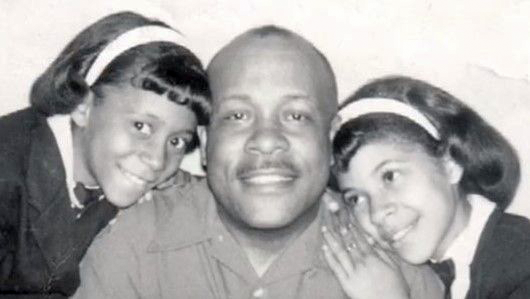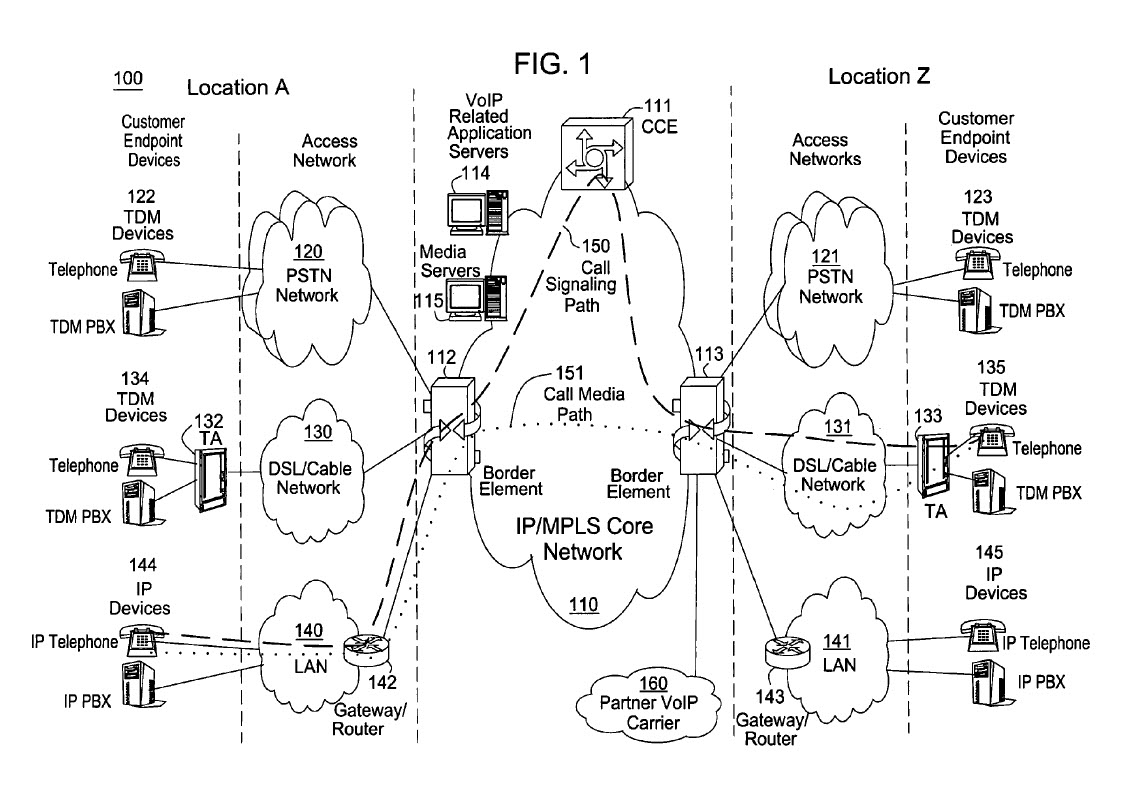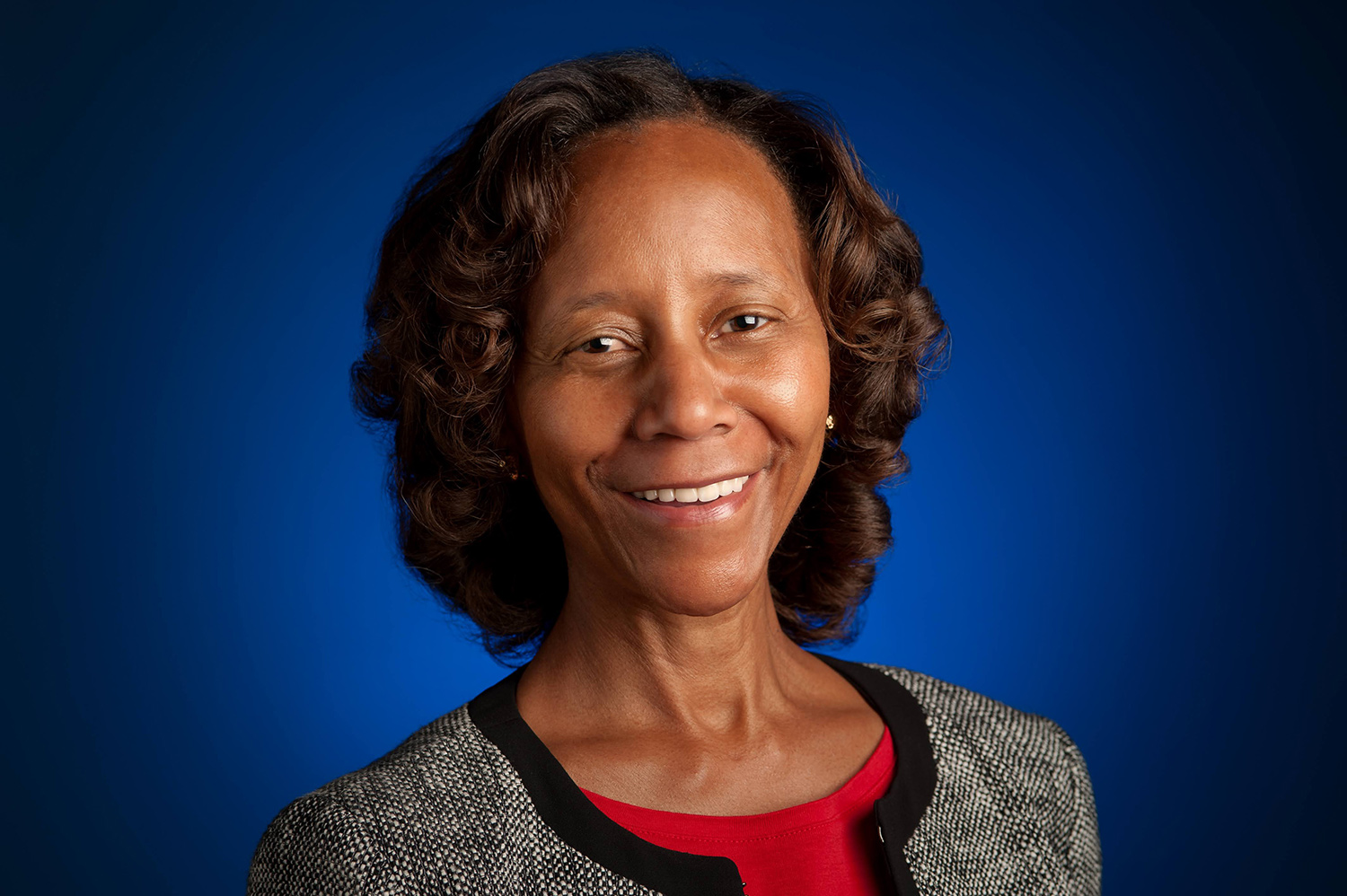
The Croaking Voice
Unless you live in Luddite Land, the Covid pandemic ushered in a new era of communication via the internet. Zoom, Skype, Microsoft Teams, Google Meet, and others became the socially-distant method to interact for work and play.
The march toward online voice-chat ubiquity was not an overnight phenomenon, however. Landline technology ceded to cellular devices; smartphones increasingly began to lean on networks for voice communication; communication applications started to rise in the 2010s, utilizing a technology called Voice over Internet Protocol (VoIP). By the time early 2020 arrived, much of the world’s vocal communication to distant locations happened digitally on the world wide web.
Though many intellects crafted and perfected VoIP over the decades, one woman’s drive to hone the technology’s effectiveness and pragmatic uses puts her squarely into the Hallowed Halls of Woman Crush Wednesday.

Marian Croak (great name) joined the planet on 14 May 1955 in New York City. From an early age, she knew she wanted to solve problems, to make things work. In a 2012 letter to young women in technology, she wrote:
“It was 1960, and I can still trace the phone call like the back of my hand. It was an ordinary day; I remember something broke at home, and my mother called my father at work, instructing him to come home and help fix it. Doesn’t matter what the problem was now, but at age 5 I knew I wanted to be the one she’d run to when something needed repair. I’d make sure nothing would break and, if it did, I surely would know how to make it work again. Whether I was an imagined plumber, electrician or carpenter, it didn’t matter — I envied that men could go out and work.”
She graduated from Princeton University in 1977 and then received a doctorate in Quantitative Analysis and Psychology from the University of Southern California in 1982. After becoming Doctor Croak (great name!), she started a career at AT&T’s Bell Labs. Success soon blossomed.

Early in the history of the internet, Croak foresaw its future hegemony. Her intuition pointed her to modernizing AT&T’s voice technology from the old, wired switchboard system to a new internet protocol. Though the process for convincing the brass at the company was slow, the science eventually won the argument. Croak and colleagues vastly improved VoIP and disseminated the tech throughout the company, helping to lead to its widespread adoption. Over three decades at AT&T, she invented more than 200 devices, protocols, and ideas that led to patents. Over 100 of those patents directly relate to VoIP.
The work on the backend of broad aspects of the internet does not often lead to widespread fame. Croak’s craft led to a flashier product in the early 2000s. In the first part of that decade, interactive television shows started to bloom, shows in which viewers could call in to interact with the production or directly impact them via voting. American Idol faced a technological quandary: they were too popular for their telephone systems. Too many people attempted to vote on winners and losers. Croak led AT&T’s solution for the show: text-message voting.
Big deal, you might say. Use your talents for something more meaningful than a singing show, you might add. Marian Croak agreed! The work on text messaging with the show gave her an idea. Hurricane Katrina in 2005 gave her motivation. Croak figured donations to disaster charities needed to be faster and more efficient. She designed a system to donate via text message. After that devastating storm, $130,000 was raised via text for relief funds. The era of text-message donations had begun. You probably recall the outpouring of help that followed the 2010 earthquake that ravaged Haiti. Over $43 million went from individuals in homes to charities thanks to the design of Marian Croak.
She received a patent for the system, which she diagrammed in the filing:

In 2014, Croak departed AT&T and headed to Google. There, she aided the development of Project Loon, which aimed in part to provide internet service for remote areas and places hit by catastrophes. By 2017, Google placed her in charge of reliability in engineering across a wide swath of their services.
In 2013, the Women in Technology Hall of Fame inducted her into its honorees. The awards cannot seem to stop flowing. She won Edison Patent Awards, was named one of the Most Influential Women in Wireless, and has served on various boards and advisory committees.
The crowning glory arrived in 2021. The National Inventors Hall of Fame admitted her to its roster. Along with Patricia Bath, the inventor of laser cataract surgery, Croak will become one of the first two Black women to be inducted.
At 66 years young, Marian Croak’s accomplishments might keep rolling out of her brilliant brain. She easily earns a spot alongside the other wonderful entries in the Woman Crush Wednesday Hallowed Halls here at The Mountains Are Calling!

Further Reading and Exploration
Marian Croak – National Inventors Hall of Fame
2022 National Inventors Hall of Fame fact sheet on Marian Croak
SENDING YOUR VOICE OVER THE INTERNET? SOME CALLED IT A TOY. NOT MARIAN CROAK. – USC Viterbi Magazine
Positively connected – United States Patent and Trademark Office
Dear Young Women in Technology, Welcome From a 30-year Veteran – Croak’s letter to young women













